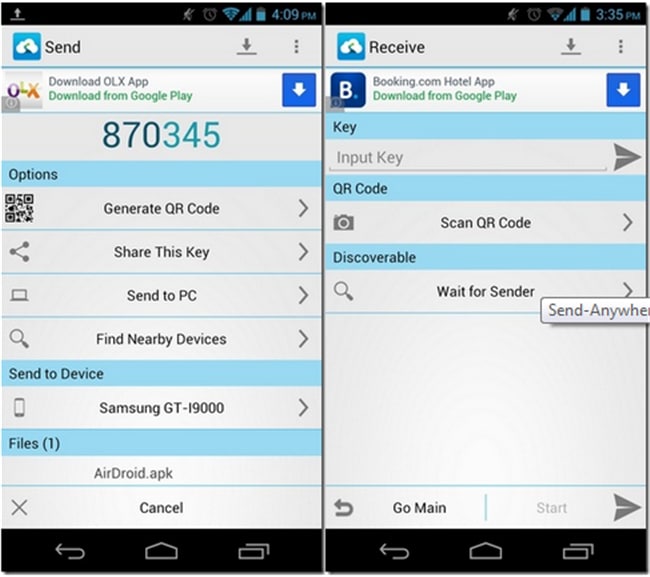
- #Android file transfer uninstall install
- #Android file transfer uninstall update
Make sure to read Donald’s comment below since the location of “Android File Transfer Agent.app” within the application has changed.Ī note: Can one achieve the same by creating an empty executable file without sing automator?
#Android file transfer uninstall update
Ironically, four days after I released this post, Google actually released an update (1.0.11). Of course, after an update of AFT you will have to replace the agent app under /Applications again, but the last update was in 2012, so I wouldn’t worry too much… Since it is a valid app, this should not cause any issues.
#Android file transfer uninstall install
On the next launch of AFT, it will copy your noop app to your ~/Library folder and install it as a startup item. Sudo cp -r ~/Android\ File\ Transfer\ Agent.app /Applications/Android\ File\ Transfer.app/Contents/Resources/ Sudo rm -rf /Applications/Android\ File\ Transfer.app/Contents/Resources/Android\ File\ Transfer\ Agent.app
Replace the agent app under /Applications:. Rm -rf ~/Library/Application\ Support/Google/Android\ File\ Transfer/Android\ File\ Transfer\ Agent.app Stop any running “Android File Transfer Agent” using the Activity Monitor. Save the application as “Android File Transfer Agent.app” in your user’s directory. Since some action has to be performed, insert an empty shell script into the work flow. Run Automator.app and create a new Application. We can simply use the Automator to create an application bundle: A more clean solution therefore is to replace “Android File Transfer Agent.app” by an application bundle that does nothing. Unfortunately, these solutions have side effects, such as an increasing number of invalid entries in the user’s startup items. renaming “Android File Transfer Agent.app” to something else in the /Applications folder or making the folder under ~/Library unaccessible for AFT. People have come up with different hacks to sabotage this “feature”, e.g. An entry for this application is installed as a Login Item for the current user. “~/Library/Application Support/Google/Android File Transfer/Android File Transfer Agent.app” is replaced by “/Applications/Android File Transfer.app/Contents/Resources/Android File Transfer Agent.app”. Here is what seems to happen on every launch of AFT to install this agent: This behavior is caused by an App called “Android File Transfer Agent.app”, which is automatically installed by AFT to launch on login and wait for connecting devices. Since on most modern Android devices, the user has to give permission to access files after connecting it to a PC, it opens up just to confront the user with an error message. 
This software has an annoying habit though: It automatically starts when an Android device is plugged in.

Android File Transfer (let’s call it AFT) is a handy tool to transfer files from and to an Android device when using a Mac.






 0 kommentar(er)
0 kommentar(er)
